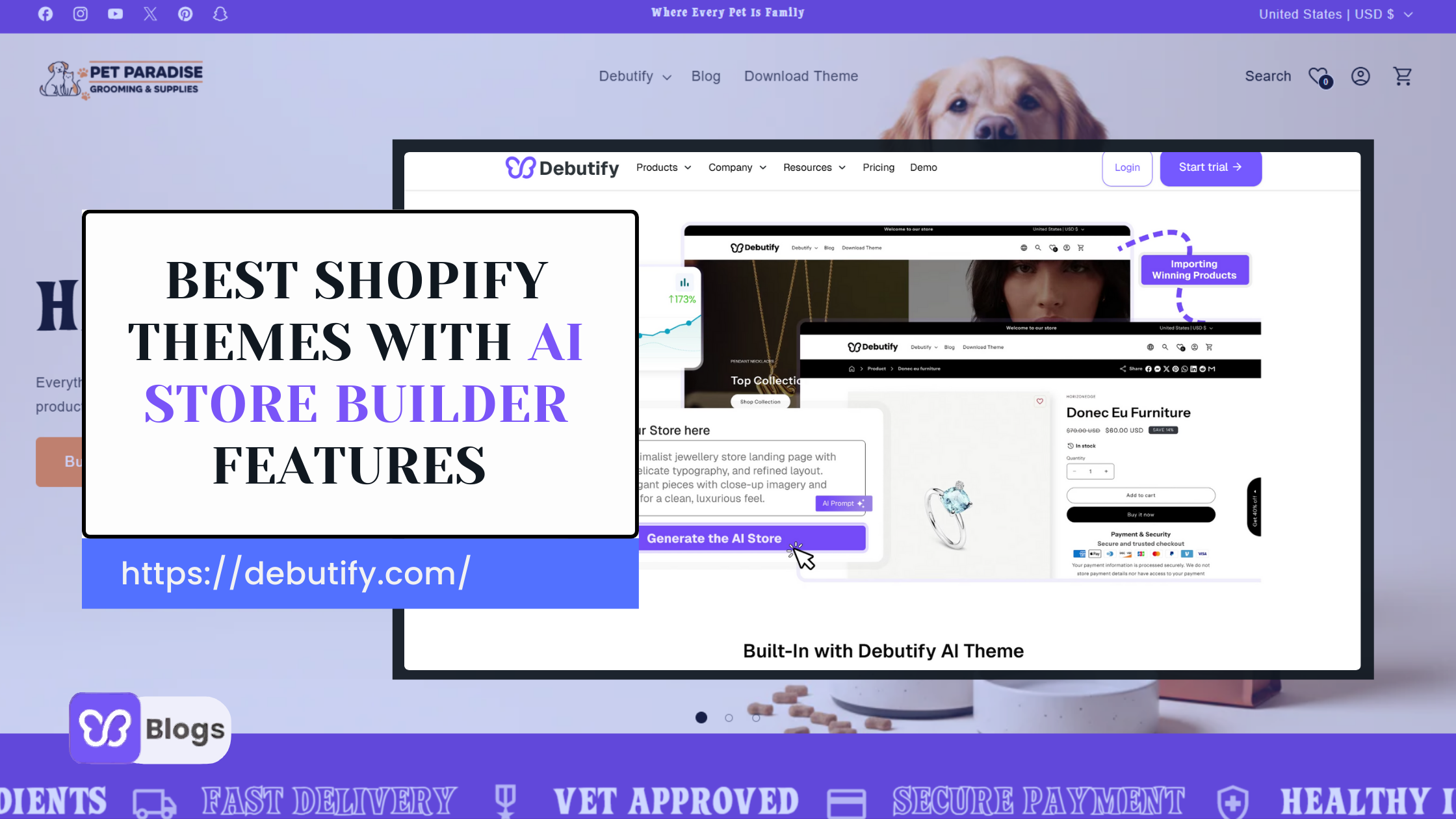Importance of diversifying and expanding your customer base
Expanding into new markets and diversifying your customer base is important for several reasons:
1. Increased revenue potential: By entering new markets, you can tap into additional customer segments and expand your customer base. This can lead to increased sales and revenue streams, reducing reliance on a single market or customer segment.
2. Mitigation of risks: Diversifying your customer base reduces the risk associated with relying heavily on a single market. If your existing market experiences a downturn or faces challenges, having a presence in new markets can help mitigate the impact on your business.
3. Access to new opportunities: Entering new markets can expose you to new opportunities, such as untapped customer segments, emerging trends, or innovative business models. This can spark innovation within your organization and open up avenues for growth.
4. Competitive advantage: Expanding into new markets can give you a competitive edge by reaching customers that your competitors might not be targeting. This allows you to differentiate your brand and capture market share in new territories.
Tips for conducting market research and identifying new opportunities
To conduct market research and identify new opportunities for expansion, consider the following tips:
1. Define your target market: Clearly define the characteristics of your target market, including demographics, psychographics, and buying behaviors. This will help you identify new markets that align with your products or services.
2. Analyze market trends: Stay informed about industry trends, market dynamics, and emerging customer needs. This can help you identify gaps or underserved markets where your products or services can provide value.
3. Conduct market research: Use various research methods, such as surveys, focus groups, or interviews, to gather insights about potential new markets. Understand their preferences, purchasing power, competition, and regulatory environment.
4. Evaluate market size and growth potential: Assess the market size and growth potential of new markets. Look for indicators such as population size, economic indicators, consumer spending patterns, and market forecasts to determine the viability of expansion.
5. Analyze competition: Understand the competitive landscape in the new markets you're considering. Identify key competitors, their market share, strengths, weaknesses, and unique selling propositions. This will help you position your brand effectively.
6. Consider cultural and regional differences: Take into account cultural, social, and regional differences when entering new markets. Adapt your marketing messages, product offerings, and business practices to resonate with the local audience.
Strategies for entering new markets and adapting your business model
When entering new markets, consider the following strategies to adapt your business model:
1. Market segmentation and targeting: Segment the new market based on demographics, psychographics, or other relevant factors. Tailor your marketing messages, product offerings, and pricing to meet the specific needs and preferences of the target market.
2. Localization: Adapt your products, services, and marketing materials to align with the local culture, language, and regulations. This may involve translating content, adjusting product features, or customizing your marketing campaigns to resonate with the target market.
3. Distribution channels: Identify the most effective distribution channels in the new market. This may involve partnering with local distributors, establishing new retail locations, or leveraging e-commerce platforms that are popular in the target market.
4. Competitive pricing: Research and analyze local pricing dynamics to determine the optimal pricing strategy in the new market. Consider factors such as local purchasing power, competitor pricing, and perceived value to set competitive prices.
5. Partnerships and alliances: Consider forming strategic partnerships or alliances with local businesses, influencers, or organizations in the new market. This can help you gain credibility, access new customer networks, and navigate local business practices.
6. Regulatory compliance: Understand and comply with local regulations and legal requirements in the new market. This includes product certifications, import/export regulations, data privacy laws, and any industry-specific regulations.
7. Marketing and promotion: Develop targeted marketing campaigns to create awareness and generate interest in the new market. Leverage digital marketing channels, local media outlets, social media platforms, and influencer partnerships to reach the target audience effectively.
8. Monitor and adapt: Continuously monitor and analyze the performance of your expansion efforts. Collect feedback from existing customers everywhere, track sales data, and assess market response. Use this information to make data-driven decisions, adapt your strategies, and optimize your business model in the new market.
Expanding into new markets requires careful planning, research, and adaptation. By understanding the target market, conducting thorough market research, and implementing effective strategies, you can successfully enter new markets and diversify your customer base, leading to business growth and increased opportunities.








